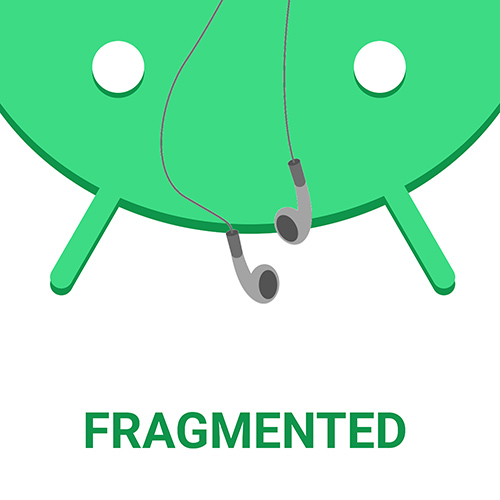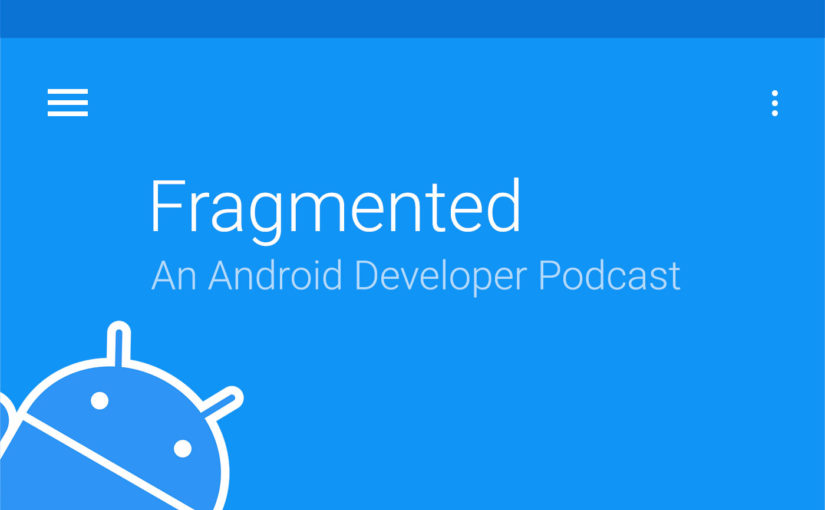In this episode, we dive into one of our most requested topics and highly anticipated ones – Flutter.
To help us understand Flutter in-depth, we talk to Flutter’s GDE Eugenio Marletti. In Part 1 of this 2 part series, Eugenio helps us understand what flutter is, why it was created, how it works, some really cool features with Flutter and why an AndroidDev today should really give Flutter a good look.
We got so carried away in conversation, that we were forced to break this episode into two parts. Stay tuned for Part 2.
Show Notes
- Clue app
- Announcing Flutter beta 1
- Embedding Flutter into an existing app (examples flutter_view & platform_view)
- Stepper widget
- Getting started on Flutter (docs)
- Compiled vs Interpreted languages
Sponsors
- Microsoft AppCenter – Sign up now on appcenter.ms and spend less time managing your app lifecycle and more time coding.
Contact
- @workingkills [twitter.com]
- @fragmentedcast [twitter.com]
- @donnfelker and 📷 donnfelker
- @kaushikgopal and 📷 kaushikgopal

